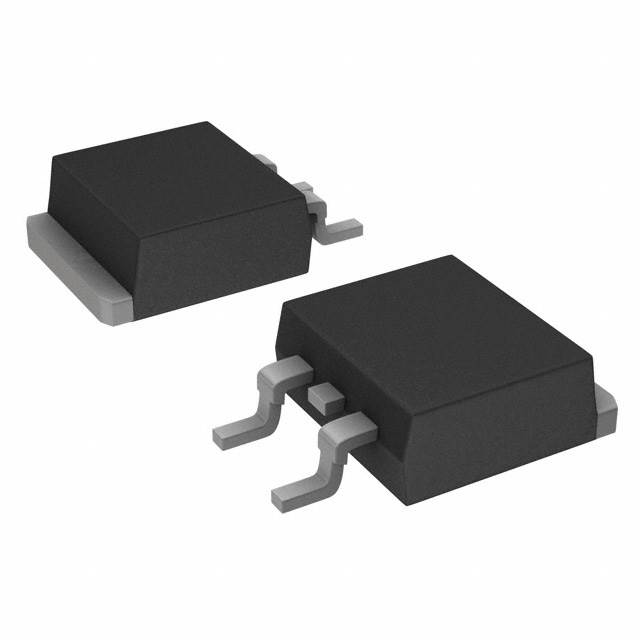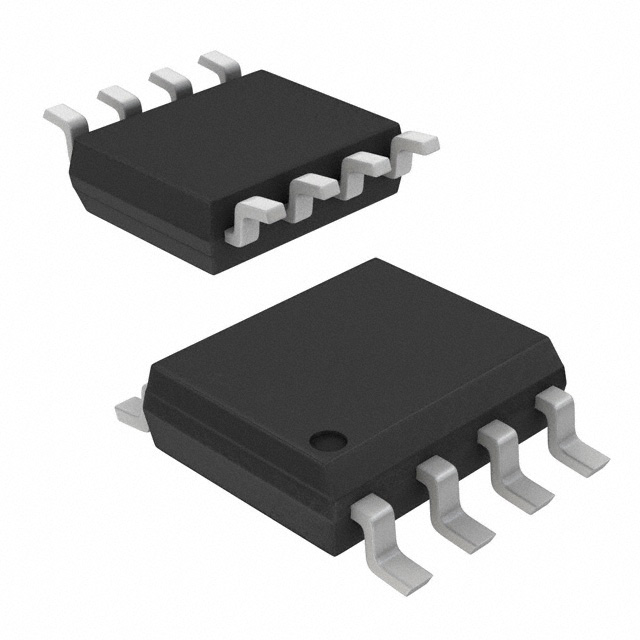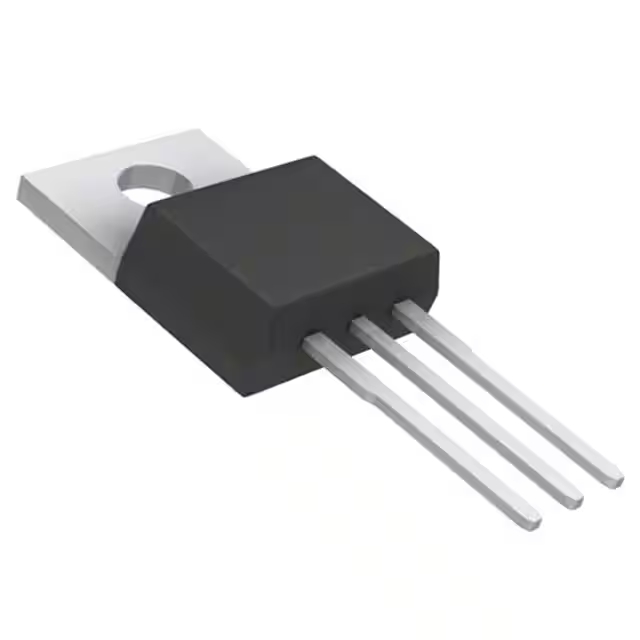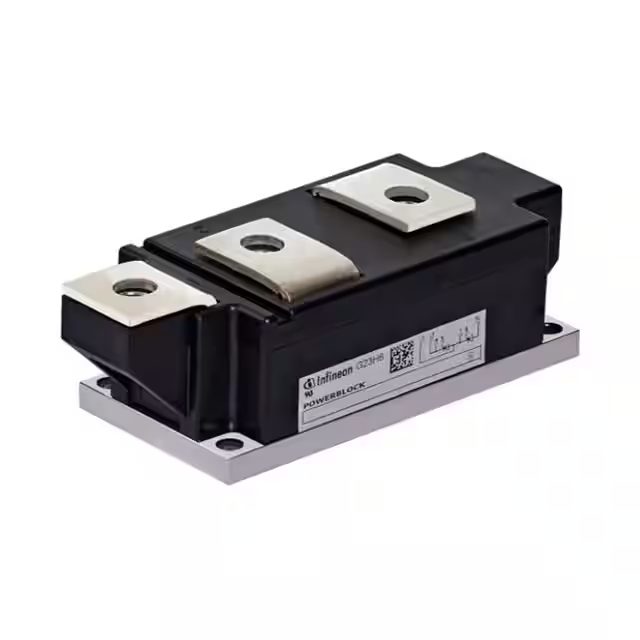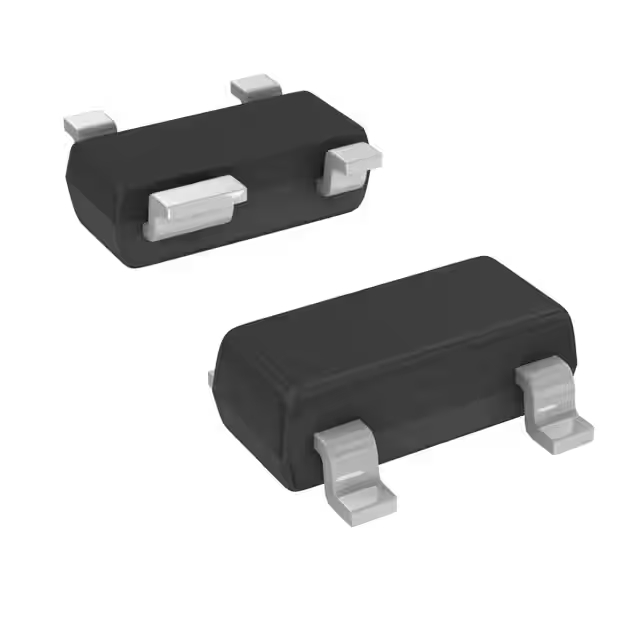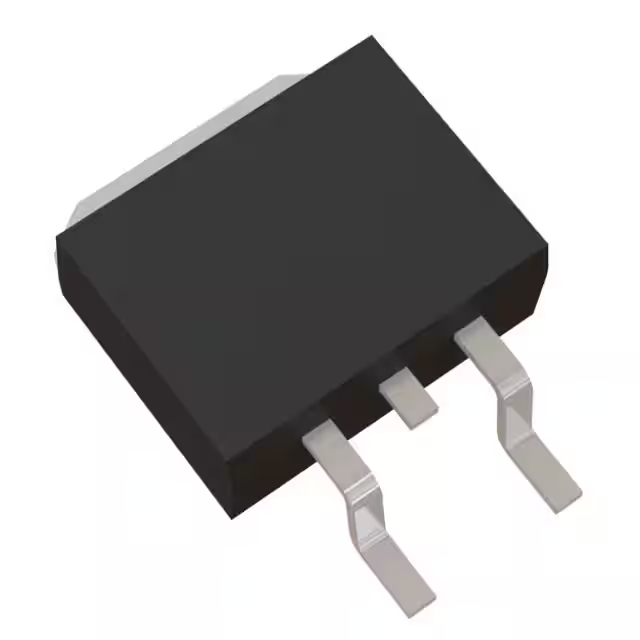MBR0530 Diode | Datasheet | PDF | onsemi
- 直流反向電壓(Vr)(最大值): 30伏
- 平均整流電流(Io): 500mA
- 正向電壓(Vf)(最大值)@If: 430 mV @ 500 mA
- 包裹: 超氧化物歧化酶-123

訂單滿 HK$250.00 即可享有免運

快速回應,快速報價

閃電出貨,售後無憂

原廠通路,正品保證
MBR0530
MBR0530 Schottky Diode – Features and Uses. The MBR0530 Schottky diode is great when you’re designing power circuits. Its forward voltage drop is super low, about 0.3V, saving you power and reducing heat. Plus, it switches quickly, ideal for high-frequency applications. Despite its tiny size (SOD-123 package), it handles up to 0.5A, perfect for portable devices or small power circuits. With a reverse voltage rating of 30V, it covers most low-voltage scenarios you’ll come across.
You’ll typically use it in portable electronics, DC/DC converters, protective circuits, or battery-powered setups. Overall, adding an MBR0530 can boost your device’s efficiency and extend battery life.
MBR0530 Pinout

| 密碼 | 引腳名稱 | 功能描述 |
|---|---|---|
| 1 | Cathode | Typically connected to the load or output terminal |
| 2 | Anode | Typically connected to the input power source or positive terminal |
When wiring the MBR0530 Schottky diode, always double-check the direction. Current should flow into the diode through the Anode and out from the Cathode. If you accidentally reverse it, the diode could fail or simply not work. It’s a reliable diode, but also pretty sensitive—make sure your circuit doesn’t exceed 30V or 0.5A. Static electricity can affect it, so take care when handling. When soldering, keep temperatures moderate and don’t heat it for too long, to protect the diode’s performance.
MBR0530 Equivalent Schottky Diode


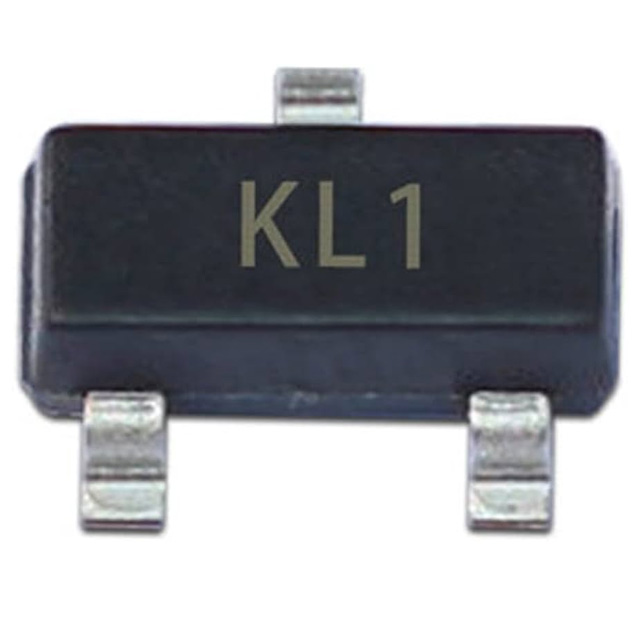

| Parameter / Model | MBR0530 | 1N5819HW | BAT54 | RB521S30 |
|---|---|---|---|---|
| 封裝類型 | 超氧化物歧化酶-123 | 超氧化物歧化酶-123 | 超氧化物歧化酶-123 | SOD-523 |
| Max Forward Current | 0.5A | 1A | 0.2A | 0.2A |
| Reverse Voltage | 30伏 | 40伏 | 30伏 | 30伏 |
| Forward Voltage (Typical VF) | 0.3V | 0.34V | 0.32V | 0.36V |
| Recovery Speed | Fast | Fast | Fast | Ultra Fast |
| Application | 一般 | Power Rectification | Signal Rectification | Ultra-Compact Applications |
If you’re replacing the MBR0530 diode, take a look at the 1N5819HW first. It handles higher currents (up to 1A) and withstands up to 40V reverse voltage, perfect if your power requirements are tougher. However, its forward voltage (VF) could be slightly higher, so make sure your circuit can handle the extra loss.
If space is tight, the RB521S30 diode, packaged in a smaller SOD-523 format, might fit better. But keep in mind, it only supports 0.2A, so confirm your load is within this limit to avoid damage.
In short, always match your replacement diode carefully to your voltage, current, and space needs.
MBR0530 Rectifier Circuit Example

If you’re building a rectifier circuit using four MBR0530 Schottky diodes, you’ll easily convert AC voltage to DC. During the positive half-cycle of AC input, current flows through one diagonal pair of diodes; during the negative half-cycle, it switches to the other diagonal pair, ensuring consistent DC output.
The great thing about using MBR0530 diodes is their ultra-low voltage drop, providing excellent efficiency, ideal for low-voltage and small power supply circuits like portable devices.
Just make sure your current stays below 0.5A and the reverse voltage doesn’t exceed 30V, or the diode might fail. If your application demands higher currents, it’s best to choose a diode rated for greater current capacity.
Overall, this circuit is simple, efficient, and perfect for small power supply projects.
MBR0530 Reverse Voltage Protection
When you need a simple reverse voltage protection circuit, the MBR0530 diode is an ideal choice. Connect its Anode directly to your power input, and its Cathode to your load or circuit. This straightforward setup ensures your circuit only receives power when correctly wired.
If you accidentally reverse the polarity, the diode automatically blocks current, protecting your equipment effectively. It’s perfect for portable devices or small circuits where space and efficiency matter. The MBR0530’s low voltage drop (about 0.3V) helps reduce power loss significantly.
Just ensure your circuit stays within the diode’s ratings—0.5A max current and 30V reverse voltage. If you’re sensitive to voltage drop, consider using a MOSFET for even better efficiency.



